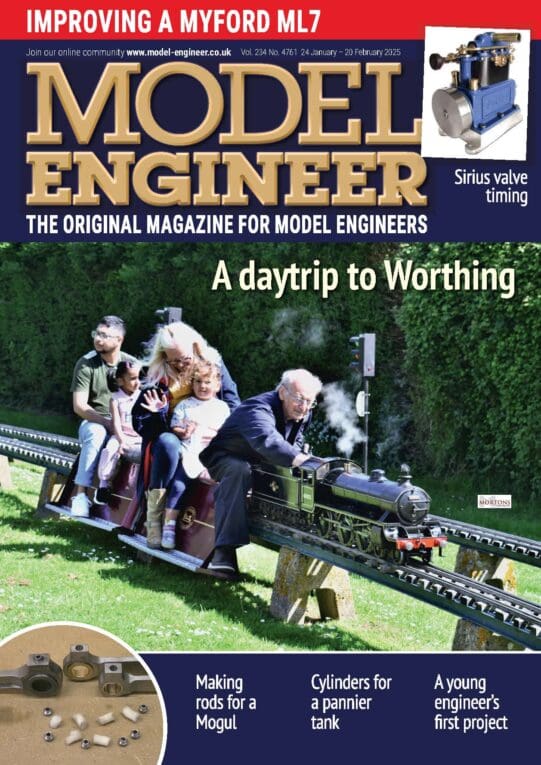Climb milling is where the feed is in the same direction as cutter rotation. (i e. On a vertical mill, a cutter revolving clockwise, viewed from above, removing metal on one edge of the work, and the work being fed in the same direction.
This means that the cutter will tend to grip the work, rather like a pinion on a rack, and pull the work along.
With hobby, or any machine lacking backlash elimination, this is NOT good.
It might produce a better surface finish, but the cutter is likely to grab the work with disastrous consequences.
So, normally the work is fed against the cutter, so that the cutter tries to push the work away.
Hope that this makes it a little more plain.
Have heard that the CL500M is prone to movement. If the column cannot be locked firmly enough, maybe an additional clamp for the column could be added
Adding a clamp, with positive locking with a pin would restrict the versatility of the machine, because the column could only be moved up or down in fixed increments, of say 20 or 25mm. (for a 6 or 8mm diameter locking pin) because of the spacing of the holes made in the column.
You might be able to get away with a smaller diameter pin,.
What is the pitch of the thread?
You might be able to drill a small hole, for the pin, at the bottom of the thread, to reduce the increment to the pitch of the thread
Even a 3mm pin, allied to the existing locking arrangements may be sufficient to prevent the head from swinging.
Sounds like Catch 22 in that ideally, you need a mill to keep all the holes in line.
Possibly:
Hold the column between chuck and Tailstock; mount a “jig”. with a hole at centre height, in the toolpost, and having aligned on one thread, use the Leadscrew to increment the Saddle after each hole has bee drilled.
HTH
Howard
Howard Lewis.






